I've lived in 7 countries over the last 18 months and it cost me less than staying home. Here's where I went and how I did it.
Lora Pope

- I sold all my possessions and left my home in Canada to become a full-time digital nomad in 2020.
- For 18 months, I lived and traveled in 7 countries and spent less on average per month than at home.
With life in Toronto becoming increasingly expensive and dissatisfying, I decided to quit my job, sell everything I owned, and become a digital nomad.
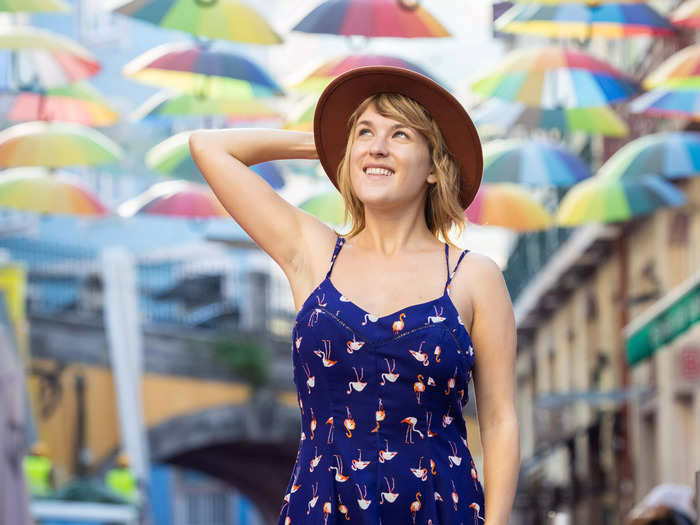
In 2020, I was working for the government of Canada in a 9-5 job and felt like I was living for the few vacations I took a year. The time I spent traveling were the moments when I felt most alive.
I kept questioning the idea of living for the weekend and spending my money on cars and clothes over experiences. Plus, the cost of living in Toronto with a travel addiction was not cheap; my living and travel expenses were more than $4,000/month, and I knew from previous travels that I could go abroad for far less.
After much research, in November 2020 I decided to quit my job to pursue my dream of becoming a full-time digital nomad and travel content creator. I sold most of my belongings and packed my few remaining possessions in my sister's closet.
With just a backpack full of clothes and camera gear, I set out to start my digital nomad journey. I didn't have an end date in mind, and my hope was that I could pursue the lifestyle indefinitely.
I've now led this life for the last 18 months with no plans to stop. And my hunch was right; I've spent less money on the road than I would have if I stayed home. Here's how I did it, and where I went.
I offset the cost of flights by strategizing the use of credit card points and airline miles.
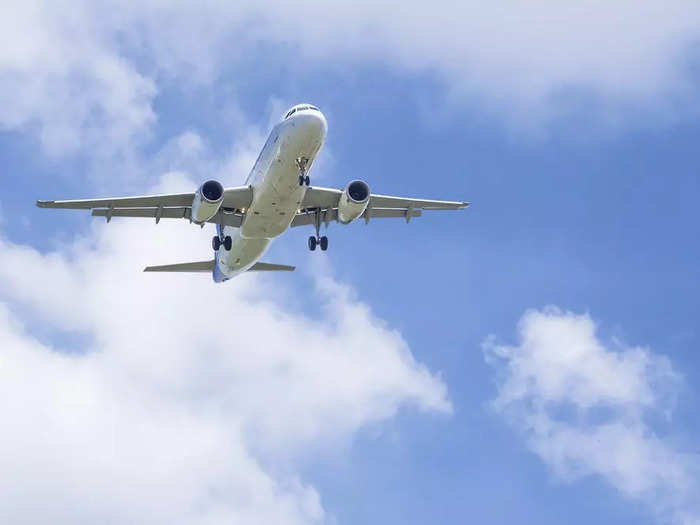
Traversing between places like Barbados, Mexico, Portugal, and Egypt isn't cheap.
However, I was able to keep my total costs down and offset the costs of flying by using credit card points and airline miles to pay for flights whenever possible.
Before I left, I spent a lot of time researching the best offers and opening a few new credit cards with attractive welcome bonuses that would enable me to rack up points for future travel.
As a result, I paid for all of my international flights with points and only spent cash on cheap domestic flights on low-cost budget carriers.
I first moved to the Caribbean and quickly found a community. Most of the money I spent was on experiences like learning to surf rather than material possessions.
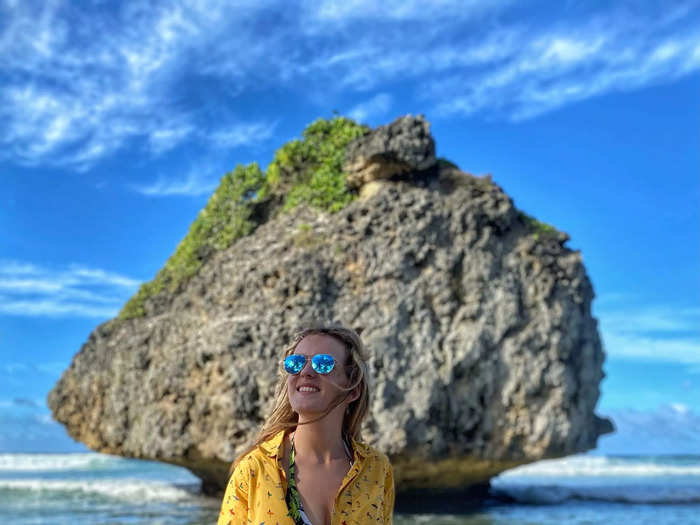
My adventure started in Barbados, an island in the Caribbean that's grown in popularity with nomads due to the digital nomad visa that became popular with remote workers during COVID-19.
I had another friend living there who raved about it, and at the time, it was one of the few countries welcoming tourists during the pandemic.
I previously associated Barbados with luxury, as an expensive destination that is often advertised for its opulent resort holidays. But I found it to be quite affordable so long as you're not paying for pricey hotels.
I rented a one-bedroom apartment for $1,000 per month, which was the same cost as my room in my shared house in Toronto. However, I thought it was easier to live on a budget in Barbados, which made my expenses less costly than at home.
Since Barbados is a small island, I was able to get around on foot or by the local bus ($1.75) almost everywhere. Comparatively, when I owned a car in Toronto, I spent over $500 per month for insurance, parking, and gas alone.
Additionally, most of my favorite activities in Barbados were free, such as going to the beach, swimming in the ocean with turtles, surfing with friends, and hiking along the cliffs.
Although I went out often to eat and drink with friends, I still only spent around $2,500 a month in total while living in Barbados, which was about two-thirds of what I paid in Toronto.
I loved living in Barbados, but when the island had an outbreak of COVID-19 and went into a strict lockdown, I moved to Santa Teresa, Costa Rica.
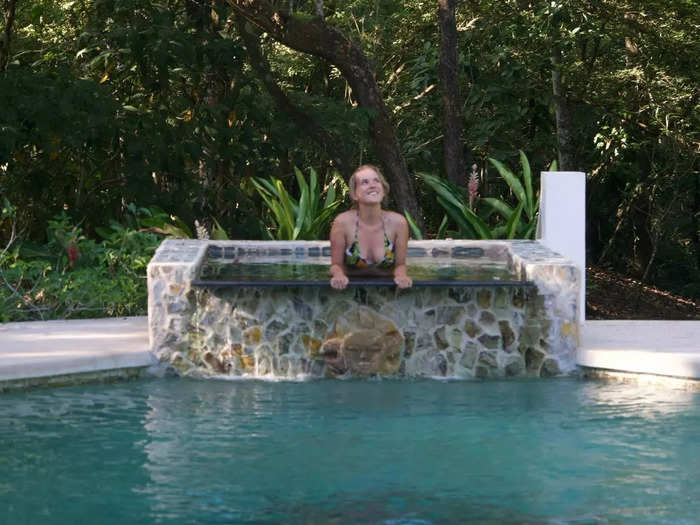
At the start of 2021, Santa Teresa was very popular due to relaxed COVID-19 restrictions for travelers.
I moved there with a group of seven friends and we were able to split a luxury villa we found on Airbnb with a pool for just $250 each per week.
My expenses were similar to Barbados, with a monthly cost of about $2,500 and an active outdoor lifestyle, but after a month, I was eager to continue my travels and moved to Mexico in March 2021.
Mexico was extremely affordable and also where I was the happiest.
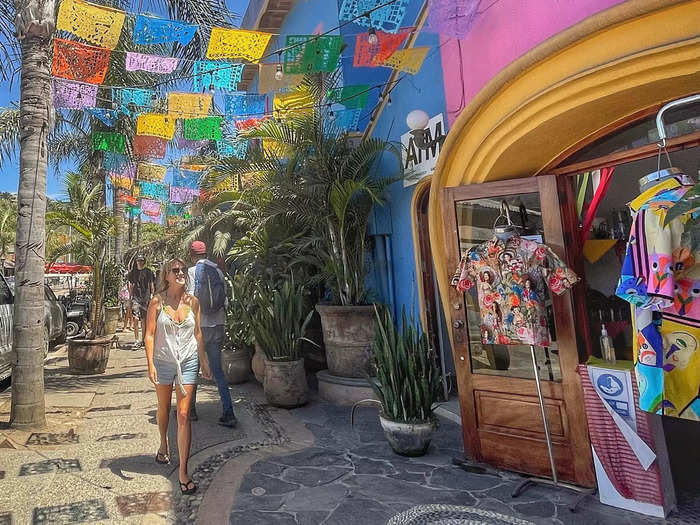
When I moved to Mexico, I realized the real potential you have to save money while still living in desirable destinations.
I shared an apartment in Puerto Vallarta with two other digital nomads for just $280 a month that came with a pool and house cleaner. Our shared monthly groceries were never more than $60, and a filling meal of the best tacos I'd ever had only ever cost a few dollars.
In total, I spent around $1,500 a month, which is a third of what I was paying in Toronto. Mexico was not only the cheapest place I'd been since I started my nomad journey, but I was also the happiest here. I had an amazing group of friends and my days were filled with new adventures like exploring local beaches and hiking through the jungle.
When I needed to go to the US, I turned to house sitting and received a free place to stay in exchange for caring for someone's pets.
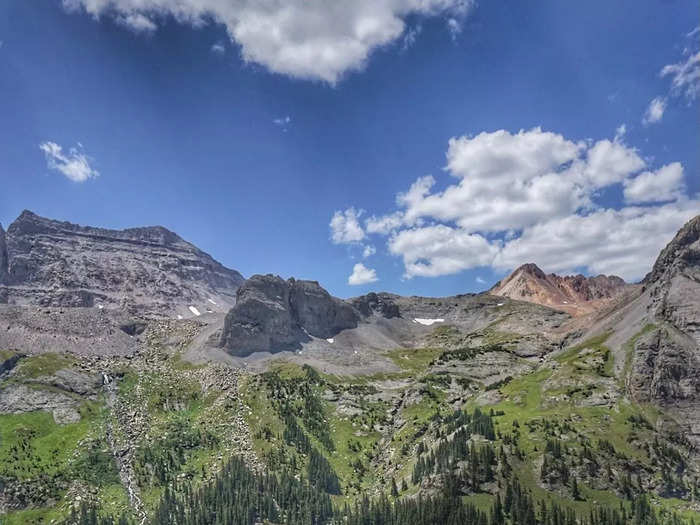
During my travels, I learned about house sitting, which is when you can stay in others' homes for free in exchange for taking care of their pets.
This came in handy when the rainy season started in Mexico in June, and I wanted to go to Colorado for the summer to receive my COVID-19 vaccination, which many countries were beginning to require proof of for entry.
Denver was just as expensive, if not more than Toronto, but I was able to manage it by house and pet sitting.
I found house-sitting gigs through TrustedHousesitters, a widely used website recommended to me by several friends. Through this work, I received free accommodation for six weeks in Colorado, including a stunning cottage in Aspen.
This left me with enough money to rent a car to explore the state, go hiking during the day, and attend concerts at night. But even with the free accommodation, my monthly expenses were still around $3,000 a month, which was close to Toronto. While it wasn't the best place to save money compared to other places I'd visited, turning to a service like house sitting certainly helped.
After I was fully vaccinated against COVID-19, I was able to go to Europe and moved to Lisbon, Portugal.

Lisbon was somewhere I wanted to go since the start of my journey given that it's considered to be one of the most affordable destinations in Western Europe. As a result, it's also a popular digital nomad destination, and those established communities would make it easier to make friends, I thought.
Additionally, Lisbon offers a five-year residency visa that can lead to citizenship, which was something I wanted to explore.
While rent has increased in Lisbon with its popularity, other expenses like food, public transit, and wine are all still very affordable.
With a budget of around $2,300 per month, I lived quite comfortably and had a room in a co-living house for $800 per month. I frequently went out with friends to restaurants and bars and took many day trips to nearby beaches and attractions using local transportation. In my opinion, it's a great place for someone looking to live and work remotely while in Europe.
When the weather got cold in Lisbon in December, I went south to Tenerife in the Canary Islands, Spain.
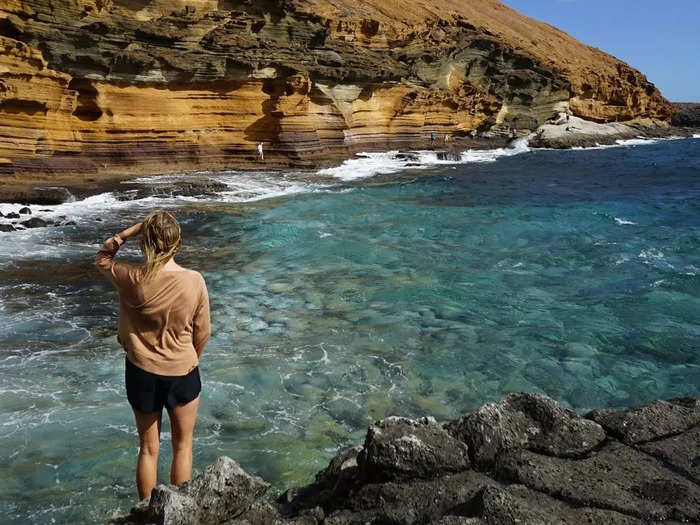
My expenses in Tenerife were similar to those in Portugal ($2,500/month), with my biggest expenses being rent which was $700 for a bedroom in a shared modern apartment, five minutes from the beach.
Renting a car makes life in Tenerife considerably more expensive, so I saved money by biking or taking public transit instead, and opted to cook most meals at home. I also took full advantage of free outdoor activities like beaches and hiking.
Although many of my fellow digital nomads in Europe told me they loved Tenerife, I never felt a strong connection to the island and left in February 2022 for a new adventure.
Craving something completely different from Europe, I moved to Dahab, Egypt, which is the cheapest place I've lived.
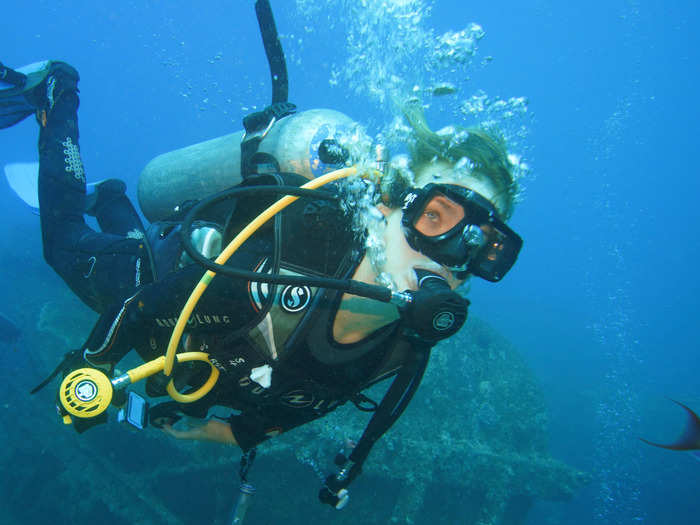
Upon recommendation from a friend living there, my next stop was Dahab, Egypt, which is where I'm still based now.
Dahab is a small beach town in Egypt on the Sinai peninsula that I instantly fell in love with. The hospitality was nothing like I've experienced before, and Dahab is a place where it felt like I was able to quickly get to know everyone.
So far, I've found Dahab to be even more affordable than Mexico and I easily save money while enjoying a fantastic active lifestyle. My apartment costs around $500 per month, I bike or walk everywhere, and a delicious meal with an ocean view is only a few dollars.
Right now, my biggest expense is diving, but even at only $30 per dive, it's a bargain considering I swim along some of the most pristine coral reefs and shipwrecks in the world. Otherwise, I spend my days hiking and expenses are never more than $1,300 a month.
I have no plans to return to traditional life anytime soon.
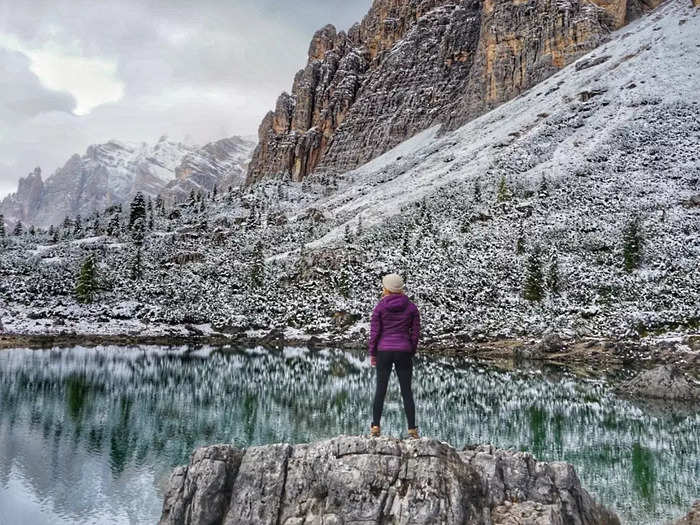
It's hard to believe that I've been able to travel across the world for less than what it would have cost to live at home. For me, the act of trading possessions for life experiences was one of the best decisions that has made me a much happier person.
I'm currently still based in Dahab and plan to visit Jordan next before leaving the Middle East to return to Mexico.
For me, it's the ideal way of life, and there's no going back to the way it was anytime soon.
READ MORE ARTICLES ON
Popular Right Now
Popular Keywords
Advertisement